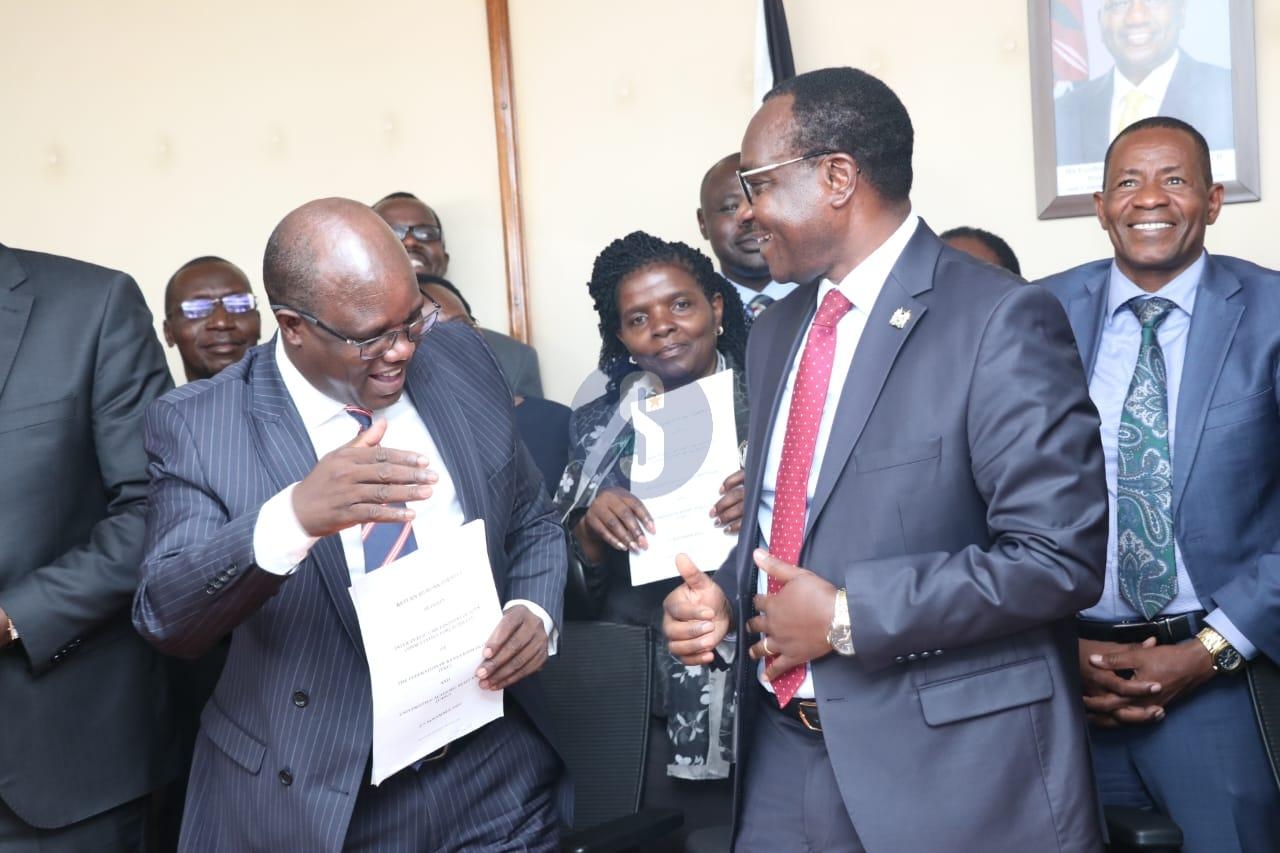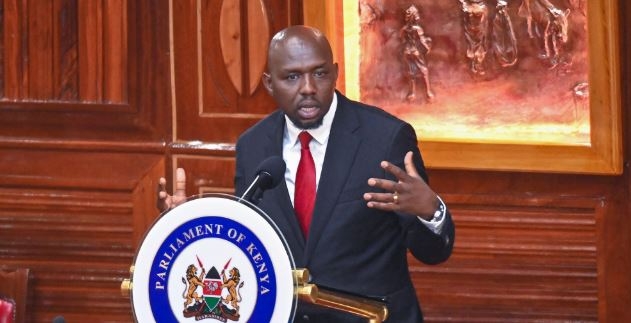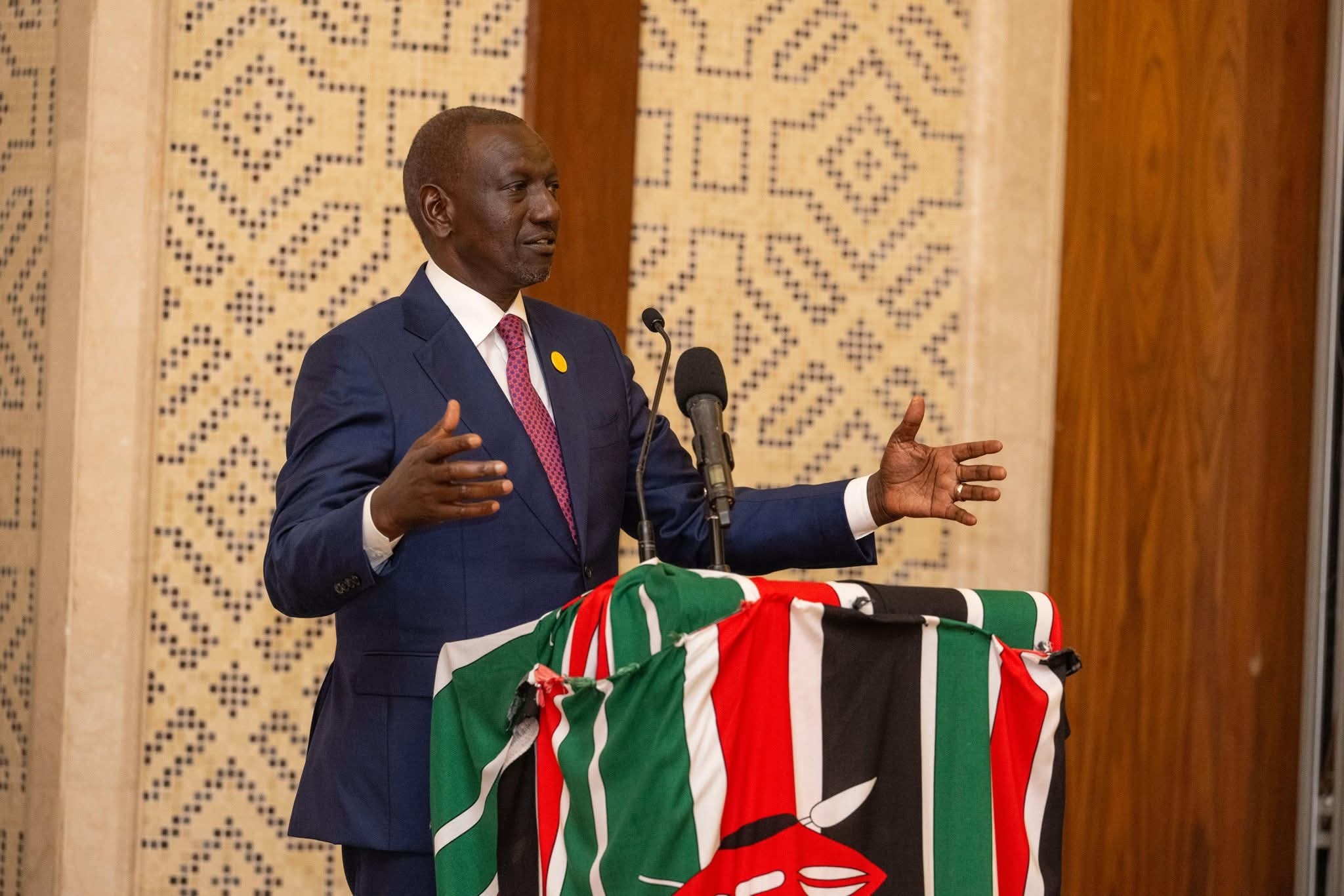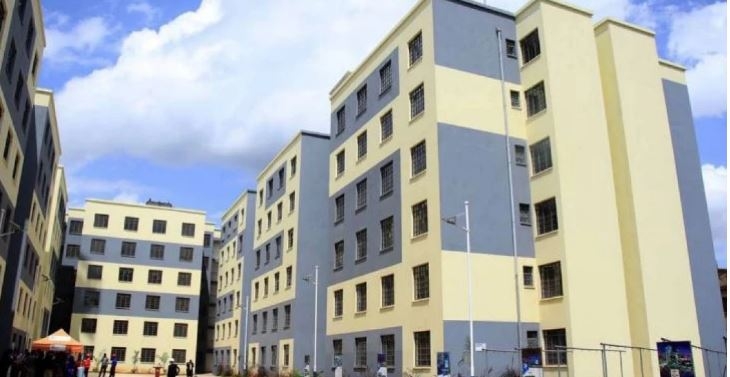Kenya’s 15 billion trees target in the accelerated forest and rangeland restoration programme presents a tremendous opportunity to take a bold step towards sustainable development.
If successful, it will enable significant growth in biodiversity, restore watersheds, improve land health and therefore land productivity through soils improvement, as well as enhanced resilience and mitigation to climate change. It is expected to also increase the supply of timber, fuelwood and other non-timber forest products. It is an ambitious, audacious and laudable initiative.
As we commemorate this initiative on this special holiday, we propose an even more ambitious dimension that will significantly enhance the impact of the programme.
By deliberately integrating trees that produce commodities such as coffee, macadamia nuts, cashew nuts, gum arabic, timber, avocado, mango, orange and bamboo into the restoration programme, Kenya can catalyse an economic transformation process while generating sustainable development benefits.
Scientists at CIFOR-ICRAF (Center for International Forestry Research and World Agroforestry) estimate that by directing 1 billion trees (out of the 15 billion) to trees that deliver the commodities cited above, we could easily deliver economic benefits equivalent to $5 billion annually, which is higher than the direct contributions of tourism to GDP in Kenya.
The estimates show that investments of about 3.5 billion would be required to generate the $56 billion in benefits over 10 years. Compared to tourism, the return on investments is much higher.
These numbers suggest that by targeting a billion tree crops we can grow revenues from the major tree commodities more than tenfold, up from about $4 billion over 10 years ($400 million per year) – at current earnings for coffee, avocado, macadamia, mango, wood, cashew, orange and gum arabic combined.
A tree commodity strategy within the 15 billion trees initiative could bring significant benefits to arid and semi-arid counties of Kenya such as Turkana, Marsabit, Wajir, Samburu, Isiolo, Garissa and Mandera, with a focus on two tree commodities – gum arabic and wood.
Acacia trees that produce gum arabic are naturally occurring in these counties, therefore enhancing management and harvesting could deliver quick wins in terms of revenue growth within a year or two. For example, Sudan earns about $100 million per year from gum arabic, while Kenya makes about $160,000 per year.
At the same time, Kenya imports processed gum for the food industry from France, Pakistan and other countries, yet gum arabic grows naturally in 65 per cent of the national territory. Can you see the opportunity?
In addition, acacia trees also produce pods that are used as livestock feed, especially during droughts. Increased production of the pods will be a potential game changer for resilience in the ASAL counties. Furthermore, Melia volkensii (mukau) is a timber species that is well adapted to the conditions in the arid and semi-arid counties.
Hence, with careful planning and management mukau can provide highly needed wood fuel, timber and income. With potential for generating thousands of jobs in the wood processing industry. This could be critical for meeting the national deficit in wood and wood fuel, estimated to be about 15 million cubic metres by 2032.
Introducing productive trees will increase the chances of success of the 15 billion trees initiative. They will provide an economic incentive for people to grow trees, ensuring that they survive after planting. Potential payments for carbon and other ecosystem services that could accrue from growing tree crops provide additional incentives.
Evidence suggests that previous tree planting campaigns elsewhere have not been successful due to the lack of incentives to manage trees after planting, hence, low survival rates. Secondly, fruit trees and nuts in home gardens and farms would provide better food and nutritional security, especially for women and children, thereby acting as an incentive for participation in tree growing.
In order to reap the projected $56 billion benefit from tree commodities and services over the next 10 years, we will need a paradigm shift from business as usual. Cross-ministerial collaboration will be required between the Treasury, Environment and Forestry, Cooperatives and MSMEs; Agriculture and Trade and Industrialisation ministries.
Leveraging the know-how, technological and financing strengths of the private sector is imperative, with the Kenya Association of Manufacturers, and Kenya Private Sector Alliance as main actors in the development of green value chains and value addition.
Research and civil society would also bring in valuable expertise. Together these actors will enable innovations in agroforestry practices, tree management practices, post-harvest management, enterprise development, innovative financing, policies and markets.
This Tree Planting Day 2023 presents an opportunity to chart a new green economic transformation agenda from Kenya through trees. By purposefully targeting tree crops, we can reduce poverty by growing coffee, cashew, avocado, gum arabic, timber trees, mango, orange and macadamia on farms and in landscapes, and developing the necessary smart systems and policies. In doing so, we will deliver food and nutrition security, climate resilience, biodiversity, green jobs and other ecosystem benefits.
Director for Africa at CIFOR-ICRAF and Lead of the Green Tree Commodities Initiative (GTCI)- Africa. [email protected]




















